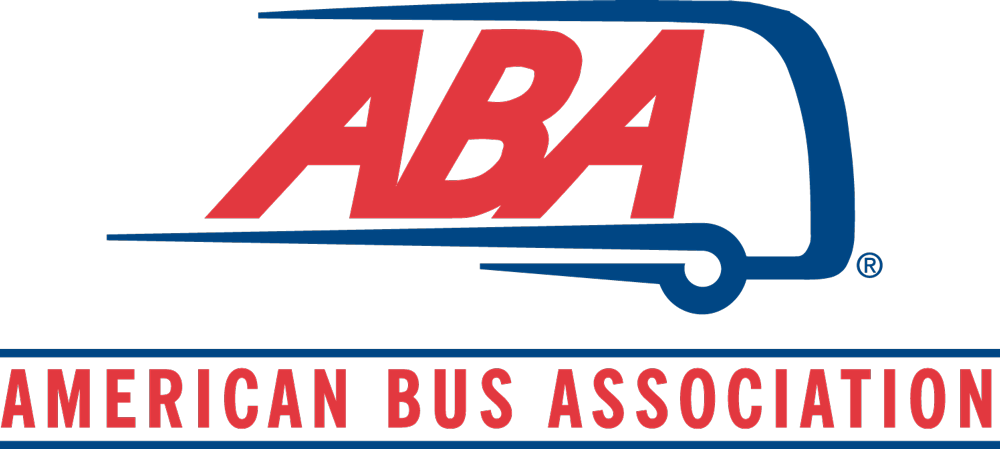School Bus Driver Training Videos
Every school day, 480,000 school buses travel the nation’s roads, ensuring the safe transport of millions of students. With over 140,000 miles of railroad tracks and more than 200,000 highway-railroad grade crossings across the US, school bus drivers must make informed decisions when driving near tracks and trains. Operation Lifesaver, Inc. (OLI), a leading nonprofit rail safety education and awareness organization, introduces Decide Smart, Arrive Safe – a new video training tool designed to help school bus drivers navigate railroad crossings safely.
Why Railroad Safety Training is Essential for School Bus Drivers
School bus drivers play a vital role in the safety of our children. Understanding how to safely approach and cross railroad tracks is critical in preventing accidents and ensuring every student arrives at school and home without incident.
“Our Decide Smart, Arrive Safe video training package enhances OLI’s free instruction for school bus drivers, providing vital safety information for these transportation professionals. School bus drivers who view Decide Smart, Arrive Safe gain practical tips and information they can use immediately. We want all school districts – and their bus drivers – to know about this free rail safety education tool. While crossing incidents involving school buses are infrequent, this new resource can help stop track tragedies and save lives.”
OLI Executive Director Rachel Maleh
Discover the Decide Smart, Arrive Safe Training Package
The Decide Smart, Arrive Safe training consists of four engaging videos that provide clear and actionable safety procedures for school bus drivers:
- Know the Signs and Signals: This video reviews the important signs and signals around railroad crossings, explaining their meaning and how to respond.
- Know the Facts: School bus drivers must know essential train safety facts to keep themselves and their passengers safe around railroad crossings.
- In Their Own Words: A practical demonstration of safe railroad crossing procedures on board a school bus. Veteran school bus drivers share real-life experiences and valuable safety tips.
- 5 Alive!: Five crucial steps that school bus drivers should follow to ensure safe crossings every time.
These videos can be viewed together or individually, making them flexible for any training situation. Additionally, the training package includes a facilitation guide for school bus driver trainers, a student guide for school bus driver trainees, and a post-training quiz to reinforce learning.
Access Free Resources and Training Materials
Decide Smart, Arrive Safe was created through a grant from the Federal Railroad Administration. All training videos and materials are available for free on the OLI website. Visit oli.org to access these invaluable resources.
Comprehensive Rail Safety Resources for School Bus Drivers
Operation Lifesaver offers more than just the Decide Smart, Arrive Safe training. School bus drivers can benefit from a wide range of safety resources, including brochures, posters, and additional videos. Operation Lifesaver Authorized Volunteers (OLAVs) provide free rail safety presentations to diverse audiences, including school bus drivers, teachers, and K-12 students.
About Operation Lifesaver
Operation Lifesaver, Inc. is a national nonprofit dedicated to preventing track tragedies through public awareness and education campaigns. With a network of volunteers and support from 47 state programs and the District of Columbia, OLI spreads the rail safety message across the nation.
Visit oli.org today to access the Decide Smart, Arrive Safe training and other rail safety resources.
